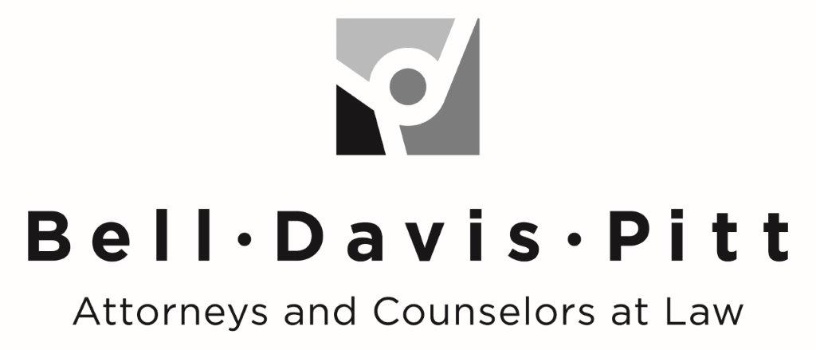As the pandemic and its long-lasting effects on the legal system continue, more couples are turning to collaborative divorce as a way to separate more quickly, cost effectively and with less of the conflict that’s associated with the traditional divorce process.
What is Collaborative Divorce?
Collaborative divorce is an option for separating and divorcing couples to consider that is different than the traditional litigation path. The collaborative law process seeks to guide and empower the parties to identify issues, interest, and needs. The divorcing individuals and their lawyers then work together to craft a plan that addresses all of the parties’ interests and needs in a way that is sustainable in the long-term and that does not inflict any further trauma to the parties or their relationship with each other. In the collaborative law process, the parties maintain autonomy and self-determination as they work toward resolving their legal differences with dignity, honesty, and integrity.
How Does the Collaborative Law Process Work?
In this type of alternative dispute resolution process, each party to the dispute has his or her own lawyer. However, unlike the traditional litigation model, in collaborative law, all the parties, with each of their respective lawyers, meet together. The collaborative law process can include anywhere from 4 to 8 of these meetings with both parties and their lawyers seated equally at the table. The parties freely and openly share the information necessary to inform everyone of the facts and circumstances in order to craft a resolution that meets all parties’ needs.
The collaborative law process starts with the execution of a participation agreement, which establishes the rules of engagement.
What are the Benefits of Collaborative Law?
Advantages of the collaborative law process include the following:
- Cost savings on legal fees;
- Cost savings on court costs, deposition fees and discovery fees;
- Preserving relationships for the benefit of children
- Maximum flexibility;
- Privacy and confidentiality;
- Efficiency and speed of resolution; and
- Autonomy and control over the outcome.
What are the Potential Drawbacks of Collaborative Law?
It is important for the integrity of the collaborative law process that all parties freely and willingly choose to engage in the collaborative law process. If any party does not honor or uphold the spirit of the process, or the rules of engagement outlined in the participation agreement, then the process may be compromised.
One potential drawback is if the parties are not able to reach a resolution, and any party chooses to exit the collaborative law process, all of the collaborative attorneys involved are required to withdraw from representation and may not represent any of the parties in traditional litigation. This is a core tenant of the collaborative law process and ensures that the parties and the lawyers communicate openly and freely without any agenda or bias toward traditional litigation. In the event of impasse, hiring new counsel and bringing them up-to-speed on the facts could minimize the cost savings of the collaborative law process.
Collaborative divorce can help individuals going through a divorce avoid the expense, time and stress of going to court. In cases where collaborative divorce is an option, the numerous advantages outweigh the potential drawbacks.





0 Comments